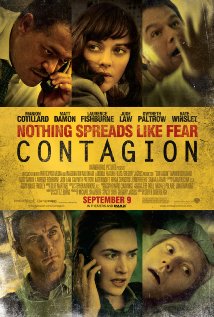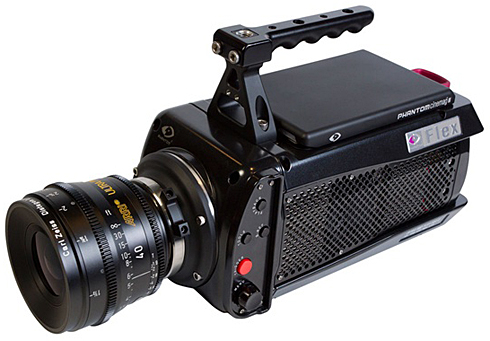I recently shot a viral (pun not intended) for the DVD release of the film Contagion. The concept was pretty simple: the director wanted some super slow motion shots of a number of different people sneezing. The idea was to then to CG in some snot hurtling towards the camera. Like I say, pretty simple.

{vimeo width="840" height="480"}39105542{/vimeo}
At one time every Director / Producer / Cameraman was fascinated by timelapse, now it seems to be super slow motion. So what are the options to achieve this kind of look?
 At the top end of the budget range is the Phantom Flex and Phantom Gold, which shoot up to 1000 fps (frames per second). There are a few things to consider with this, firstly, the cost. These cameras are pretty expensive to hire per day just for the camera. The next consideration is the DIT, you need someone to work with the data. Files are saved onto mags, for each shot you will need to consider whether to keep the shot or bin it, for this you need a DIT (Digital Imaging Technician). You also need to think about lighting. Shooting at very high frame rates will reveal flicker in many lighting types, so you will need to think about how you are going to light for this. At 500 frames plus a second, you will need a lot of light, perhaps HMIs from 2.5k to 20k depending on where and what you are shooting. For this kind of lights size you need a significant amount of power - so you are looking at a truck and probably a gaffer. As you can see the budget soon mounts up, and for this little viral it was not an option.
At the top end of the budget range is the Phantom Flex and Phantom Gold, which shoot up to 1000 fps (frames per second). There are a few things to consider with this, firstly, the cost. These cameras are pretty expensive to hire per day just for the camera. The next consideration is the DIT, you need someone to work with the data. Files are saved onto mags, for each shot you will need to consider whether to keep the shot or bin it, for this you need a DIT (Digital Imaging Technician). You also need to think about lighting. Shooting at very high frame rates will reveal flicker in many lighting types, so you will need to think about how you are going to light for this. At 500 frames plus a second, you will need a lot of light, perhaps HMIs from 2.5k to 20k depending on where and what you are shooting. For this kind of lights size you need a significant amount of power - so you are looking at a truck and probably a gaffer. As you can see the budget soon mounts up, and for this little viral it was not an option.
At the other end of the budget scale is a programme called Twixtor. Twixtor doesn't work in every situation (otherwise it would have put Vision Research, who make Phantom cameras, out of business) however, for this situation it is perfect. What Twixtor does is digitally add extra frames to your shot. It does this by "warping and interpolating" frames, or in other words, it is guessing what would be there. For a complicated scene, such as a person sprinting down Oxford street, Twixtor wouldn't stand a chance of guessing all those additional frames, as people and cars in the background would constantly be moving. Also if the camera was being moved around, rather than locked off on a tripod, the background itself would be very hard to digitally recreate.
For Twixtor to work really well you need a background that is either fairly simple, or where the camera is locked off, so if doesn't change too much. For this viral I shot the people against a plain back curtain, making life easy for Twixtor. I also shot this on a Canon 7d at 50 frames a second, giving the editor a 50 percent slow motion to start with. The other thing that helps when shooting slow motion is shooting at a higher shutter speed to prevent blurring. So for a normal shot on a 7d I would shoot 25 frames at 50 shutter, (using ND and iso to expose correctly). For 50 frames I would increase the shutter to 100, and if Twixtor is going to be used I would probably double this again.
This is a video that came out back in 2010, it blew me away when I first saw it, and is still hard to beat when it comes to showing what Twixtor can do. It was shot on a Canon 7d at 60 frames and shows Twixtor creating 1000 frps slow motion shots. Part of the reason Twixtor works so well here is the background - all the shots are locked off making life easier for Twixtor.
{vimeo width="840" height="480"}13557939{/vimeo}
